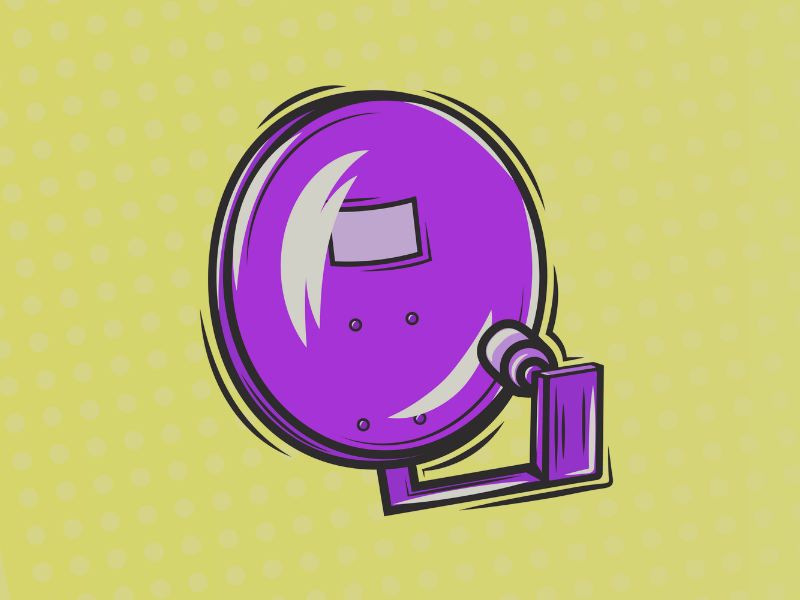
How consumer buying habits have changed amid COVID
It’s no secret that consumers’ purchasing habits have largely shifted online due to COVID-19. Some argue the shift was inevitable and COVID just expedited it, but one area that’s seen an unprecedented, and rather accelerated shift to DTC is heavily researched, considered and often expensive purchases such as mattresses.
Purchasing a mattress is an investment of both time and money. Shoppers spend hours scrolling through review sites, asking for recommendations from friends and family, and when they eventually narrow it down to the final contenders, head out to see it for themselves. As surprising as it may seem in today’s digital first age, people still want to touch, feel and lay down on the mattress before purchasing it. For a large section of consumers, purchasing something they are going to spend a third of their life on, without ever seeing it first, is a foreign and previously unwelcome concept. Wanting to lay down on a mattress before shelling out thousands of dollars to ensure you’re actually getting what you think you are paying for every night for the next decade is certainly understandable. But recently, we’ve seen a change.
Flash back to March 2020. As COVID spread across the country and stores shuttered, people lost the ability to test products in person. While in-person retail went away, the need for mattresses and home comfort products did not. Shoppers were forced to forgo the in-person test drive and hope that the hours of research they put in paid off. And more often than not, at least with Purple, it did.
As safety measures were implemented and stores began reopening their doors, we didn’t see a surge of customers returning for their mattress test-drives. In fact, we found that more people began to trust the direct-to-consumer (DTC) model and, in many cases, even prefer it. Of course, this hinges on companies being able to provide top-notch customer support, have a flexible and honest return policy and provide helpful information on their site. But if you could meet those standards, consumers were content to shop online.
To underscore what a shift this is – in 2019, for premium mattresses, which represent 57 percent of the $16.5B US mattress market, only about 15 percent of mattresses were sold online. When COVID hit, shopper’s purchasing playbook went out the window. At Purple, our direct-to-consumer revenue increased 127.9 percent in the second quarter, and in April 2020, our DTC orders increased more than 170 percent compared with the same month last year. Consumers realized e-commerce was an easy and effective way to shop, even for big-ticket items, and DTC brands that were poised to meet that demand surged.
Not only has COVID changed the way consumers shop, but it’s shifted the types of products people are shopping for. As the home became an office, school, and place of rest, all in one, consumers with discretionary income began investing heavily in comfort products. Sleep technology became a leading home goods category, stemming from the increased focus on sleep’s role in overall health and wellness. Historically when you thought of health, diet and exercise readily came to mind. Now, it’s diet, exercise, and sleep.
If you told someone you had the secret to keeping your heart healthy, reducing inflammation and stress, improving memory, and recovering from a workout faster, people would be pretty eager to know the secret. The surprising part is that this secret is available to all of us, every day, at a pretty minimal cost. The secret is simple – it’s sleep.
People are finally waking up to the benefits of sleep, recognizing that what you lose in sleep, you also lose in performance and health. Research continues to show that sleep is key in reducing one’s risk of cancer, depression and heart problems. Not only that, but sleep has been shown to increase productivity, improve mood, and stave off diseases like dementia and Covid-19 itself.
Sleep technology has become a booming category in the health and wellness industry. Similar to how you’d research which bike is best for your training goals or which supplements help you recover from a workout faster, people are spending time and money to identify which mattress can help you get the best night’s sleep. Professional sports teams are hiring sleep coaches, and top athletes and prioritizing sleep as an important piece of their fitness regimen.
The importance of sleep has moved from the big leagues to the mainstream, and consumers are realizing that their older sister’s ten-year-old mattress from college or the suffocating memory foam mattress that has cool branding isn’t going to cut it. People want a product that works. Something that actually delivers on the promise of a better night’s sleep. And right now, it’s only a click away.





